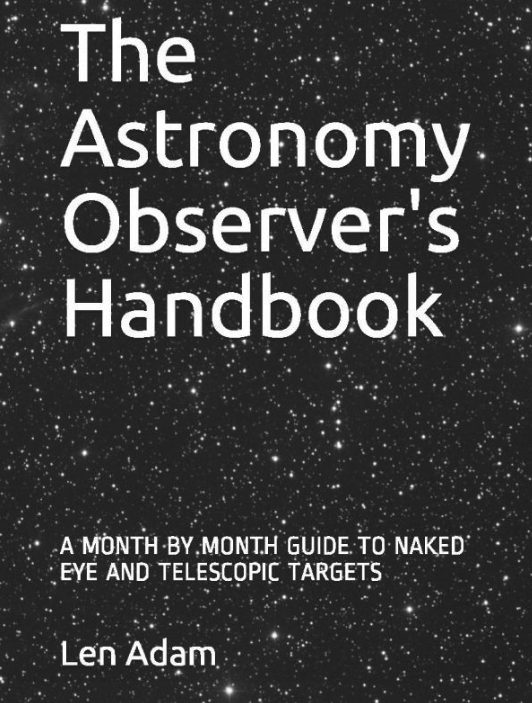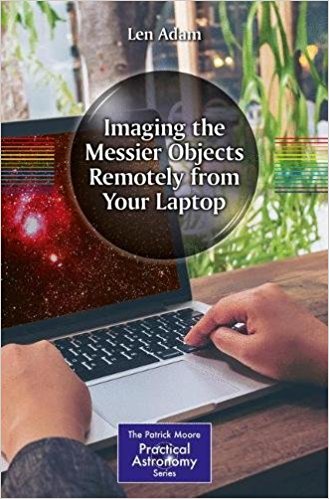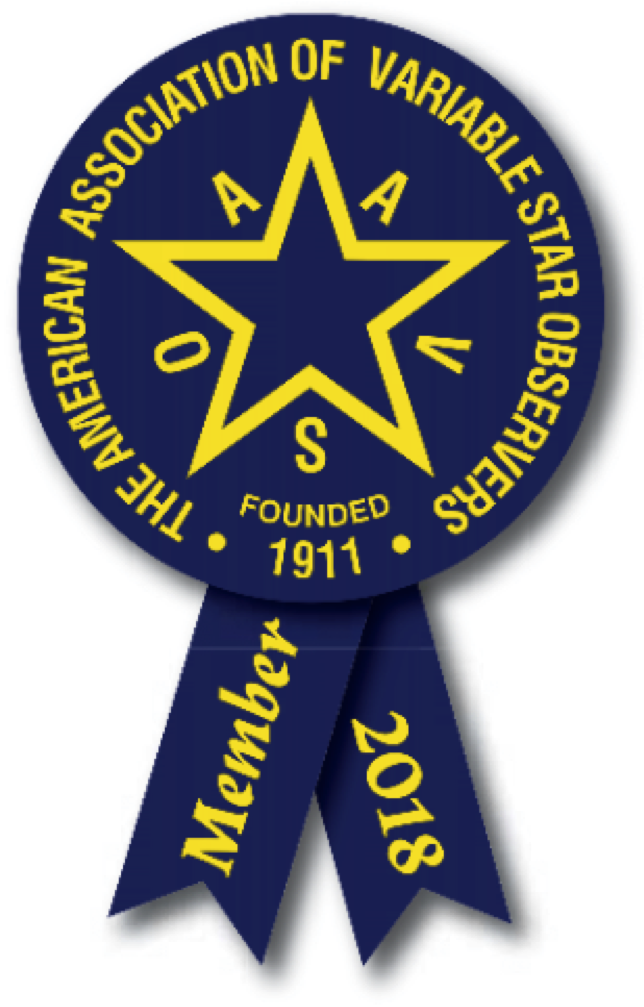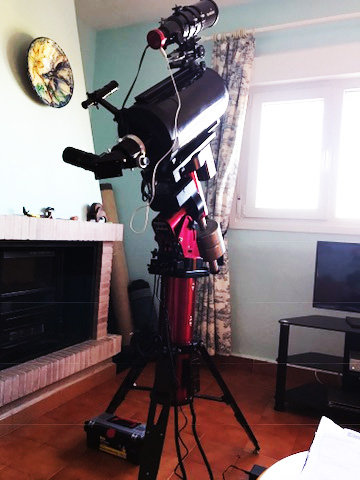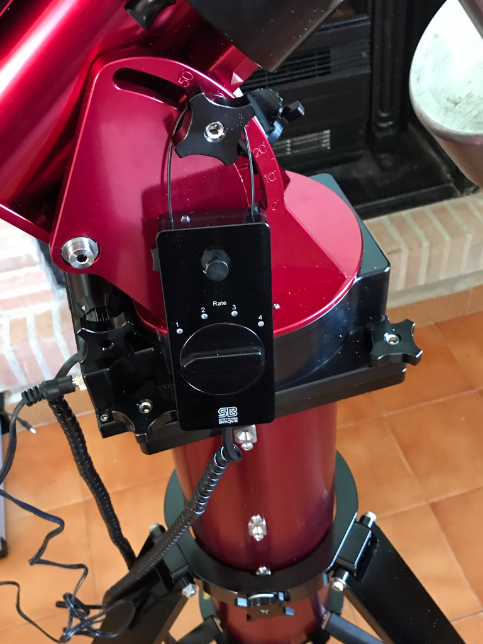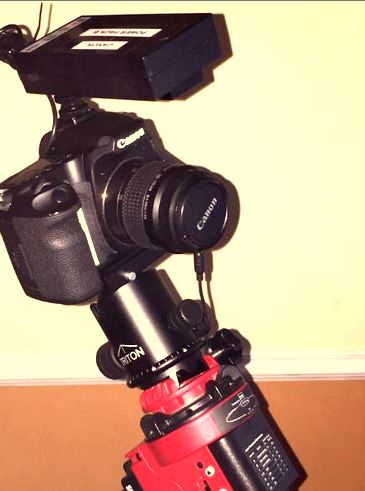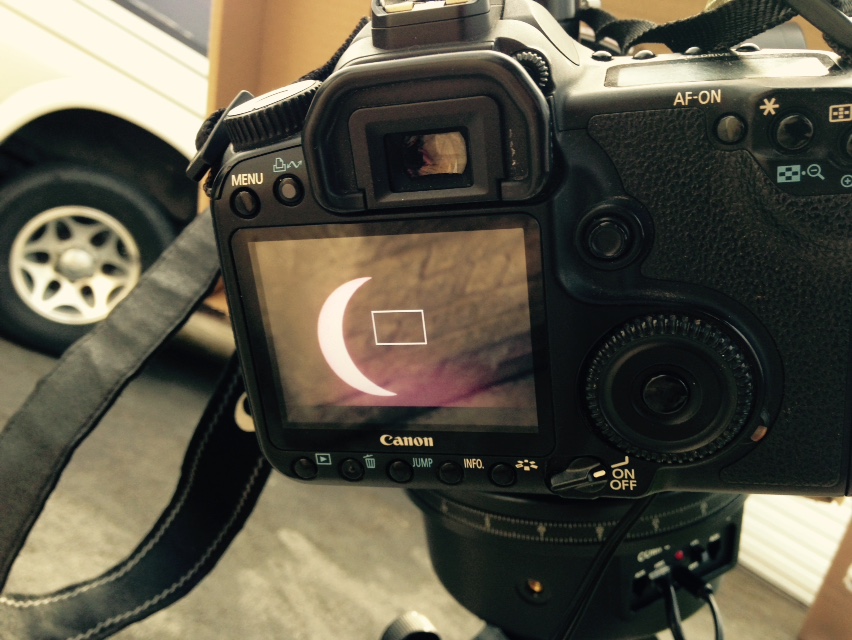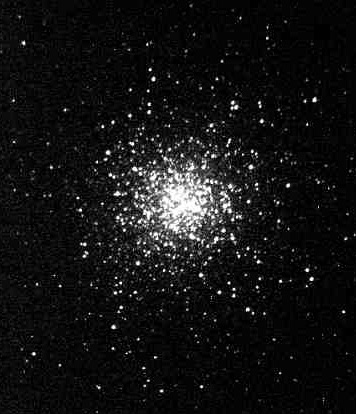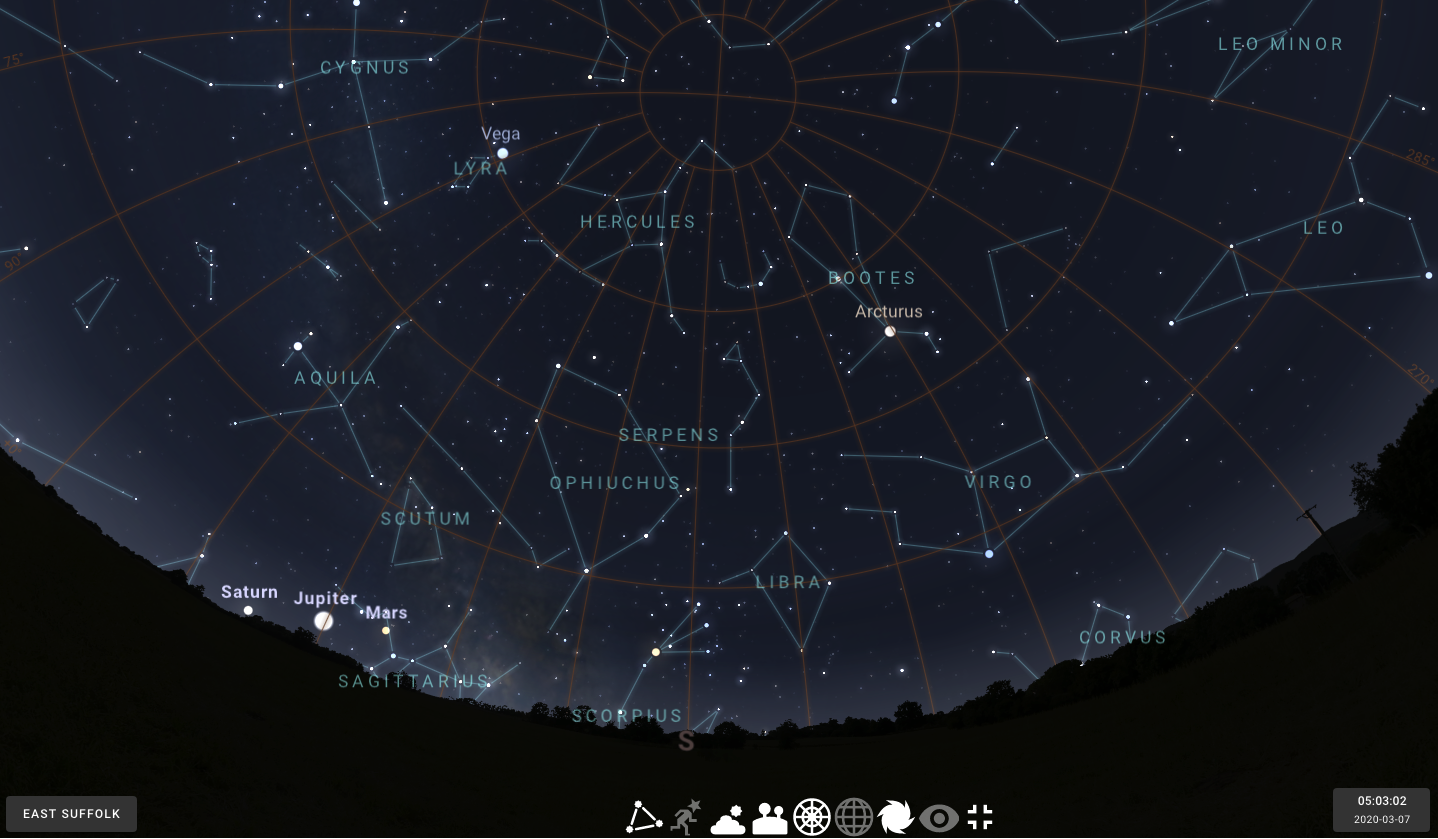SPAIN DAY 9 Comet Panstarrs near the Perseus Double Cluster.
 Friday, January 31, 2020 at 6:55AM
Friday, January 31, 2020 at 6:55AM Comet Panstarrs was imaged using my Canon 40D and Redcat 51.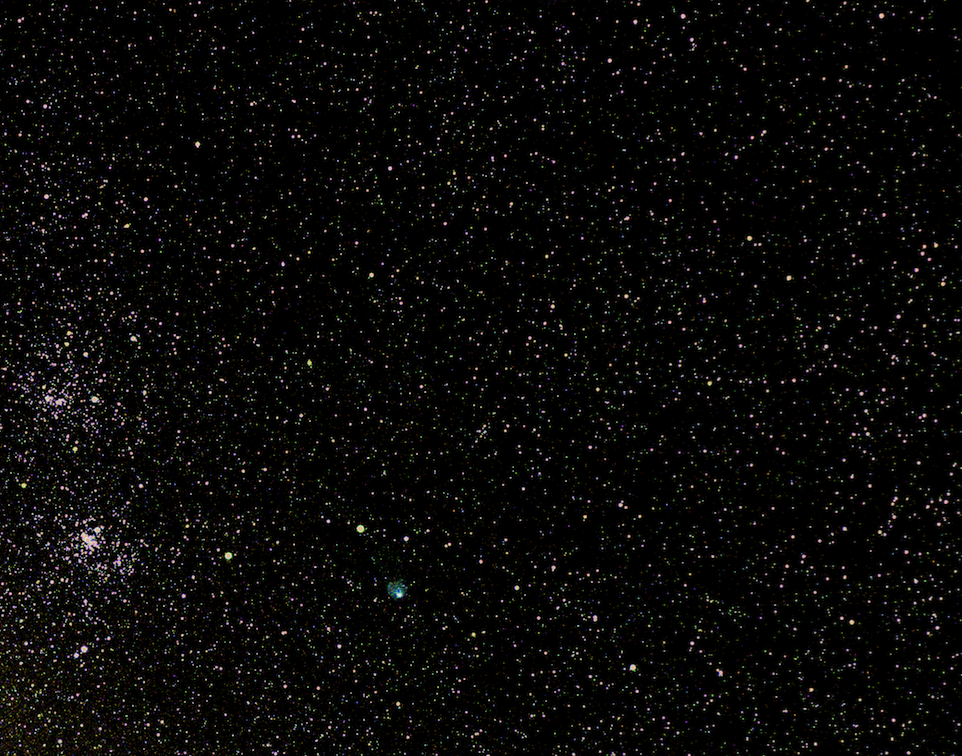
and then with my 8" RC plus ZWO 1600 - 20x30s Lum + 5 x 30s each RGB
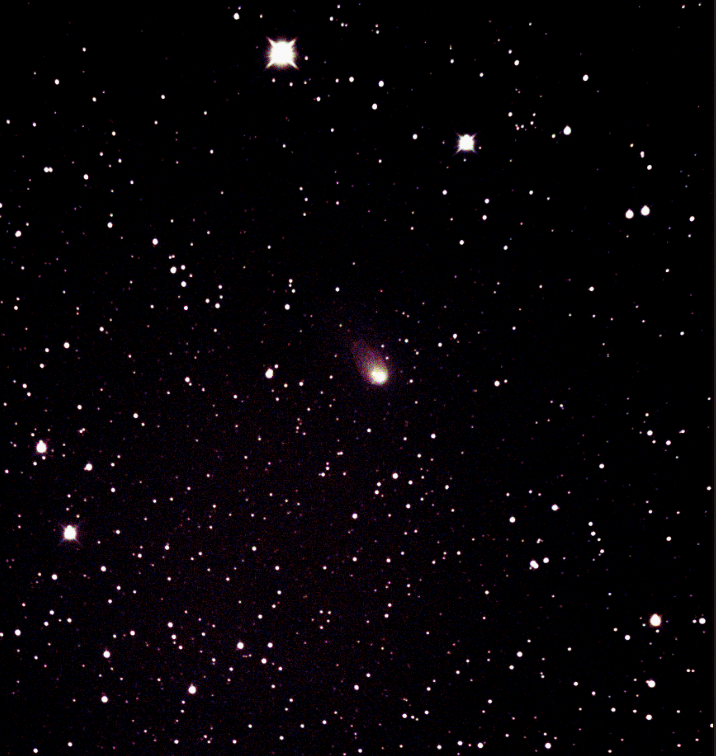
Spain Day 2
 Friday, January 24, 2020 at 7:32AM
Friday, January 24, 2020 at 7:32AM Yesterday the weather improved with some sunshine and partially clear skies during the day but when darkness fell the clouds came back and I could only see the brighter constellation stars through the clouds in some parts of the sky. It was dry however and the standing water from recent downpours on parts of the garden had largely dried up allowing some minor weeding. I would like to set up the new equipment as soon as possible - I need to change the guiding camera to the new ZWO ASI 120 MM S when I have time but there are a lot of house jobs still to do! I bought the camera from 365 Astronomy as I find them to be a good supplier and very knowlegable about the equipment they sell. This is the new guiding camera on their website: https://www.365astronomy.com/ZWO-ASI120MM-S-USB3.0-Monochrome-1-3-CMOS-Camera-with-Autoguider-Port.html
Back to Spain - January 2020
 Thursday, January 23, 2020 at 7:53AM
Thursday, January 23, 2020 at 7:53AM After a 2 day voyage from Portsmouth to Bilbao I was met with snow on the mountains of northern Spain and almost continuous rain on the 900+ km drive down to Andalucia on the 21st January. Arriving at my observatory location, having driven down the series of dirt tracks in the pitch dark to reach it, then arriving at a very cold house is always challenging. Fortunately I had laid the large log fire at the end of my last visit so I lit that immediately on arrival! The next morning I woke to a noisy thunderstorm with bright lightning flashes and pouring rain which continued unabated until mid afternoon when I was finally able to unload my pick up truck filled with various items that I find easier to obtain in the UK than in Spain - with delivery to my remote location being difficult. Cloud still persists when I write this on Thursday 23rd January so no observing opportunities yet. There is snow on the moountains - visible in this view from my western terrace.
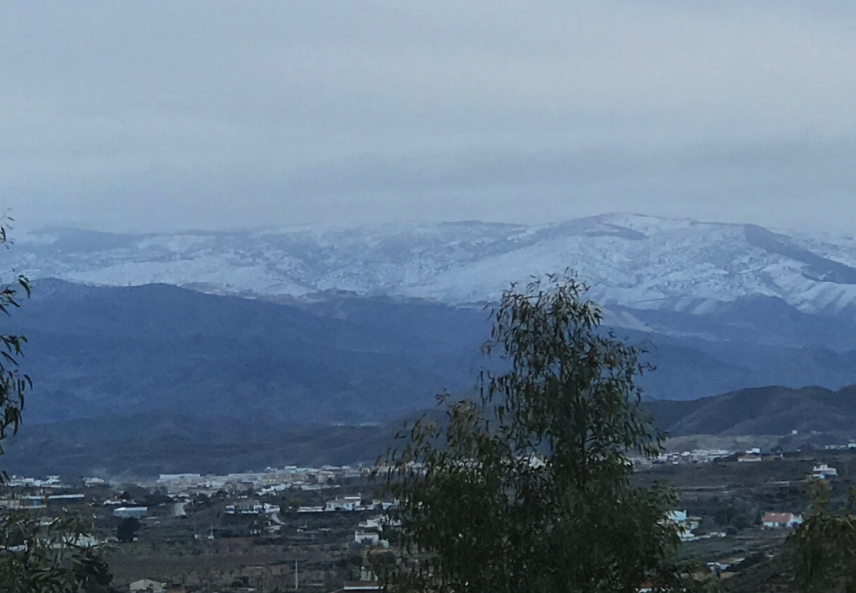 I did bring a new item of astronomical equipment with me - a new guiding camera. I had previously used my ZWO 120 MC USB2 camera which proved rather erratic in its operation. My main imaging camera, the ZWO USB3 1600 camera worked flawlessly as a guide camera, guiding my Redcat lens with its Canon 40D DSLR. The new camera is the ZWO 120 MM mono USB3 camera so I will fit that to my Skywatcher 80mm guidescope and test its guiding capabilities. I see that many astrophotographers are using this as a guide camera. I use the SkyX autoguiding software although I can use the PHD2 software as an alternative.
I did bring a new item of astronomical equipment with me - a new guiding camera. I had previously used my ZWO 120 MC USB2 camera which proved rather erratic in its operation. My main imaging camera, the ZWO USB3 1600 camera worked flawlessly as a guide camera, guiding my Redcat lens with its Canon 40D DSLR. The new camera is the ZWO 120 MM mono USB3 camera so I will fit that to my Skywatcher 80mm guidescope and test its guiding capabilities. I see that many astrophotographers are using this as a guide camera. I use the SkyX autoguiding software although I can use the PHD2 software as an alternative.
NGC 1027 An Open Cluster in Cassiopeia
 Friday, December 27, 2019 at 8:39AM
Friday, December 27, 2019 at 8:39AM NGC 1027 is an open cluster in Cassiopeia. The image below incorporated 10 x 120 second luminance and 5 x 60 seconds subs for each of R, G,B.
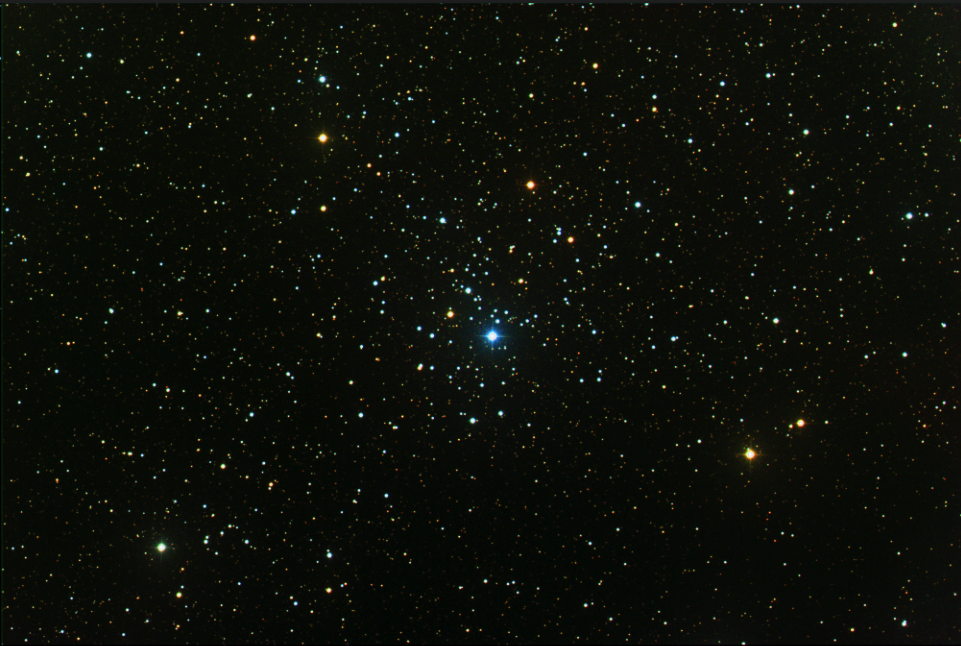 The image below is the solved plate for the first luminance sub. The image scale is 0.82 arcseconds per pixel and the angular size of the image is 54' 47' x 36' 31"
The image below is the solved plate for the first luminance sub. The image scale is 0.82 arcseconds per pixel and the angular size of the image is 54' 47' x 36' 31"
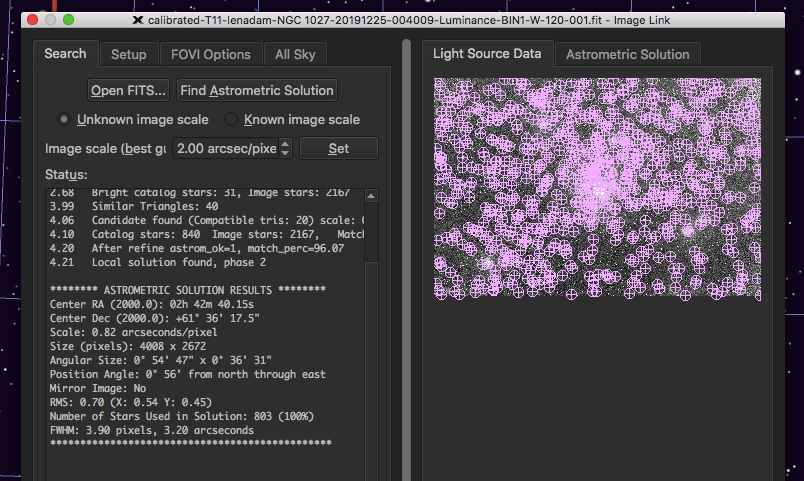
The actual plate solved image is shown below, labelled with the spectral types of the stars.
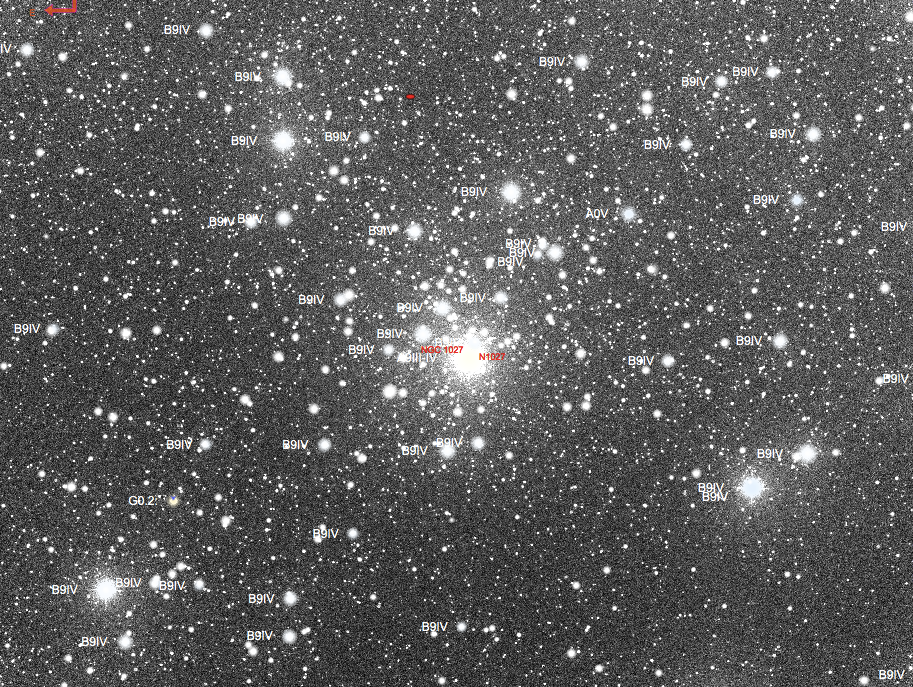
M31 with Canon 40D and redcat 51
 Monday, December 23, 2019 at 8:22AM
Monday, December 23, 2019 at 8:22AM As I am away from my telescope equipment at present I decided to have a closer look at the M31 image I took in November and enlarged it. With the wide field of the Redcat and autoguiding the stars have remained sharp and circular.
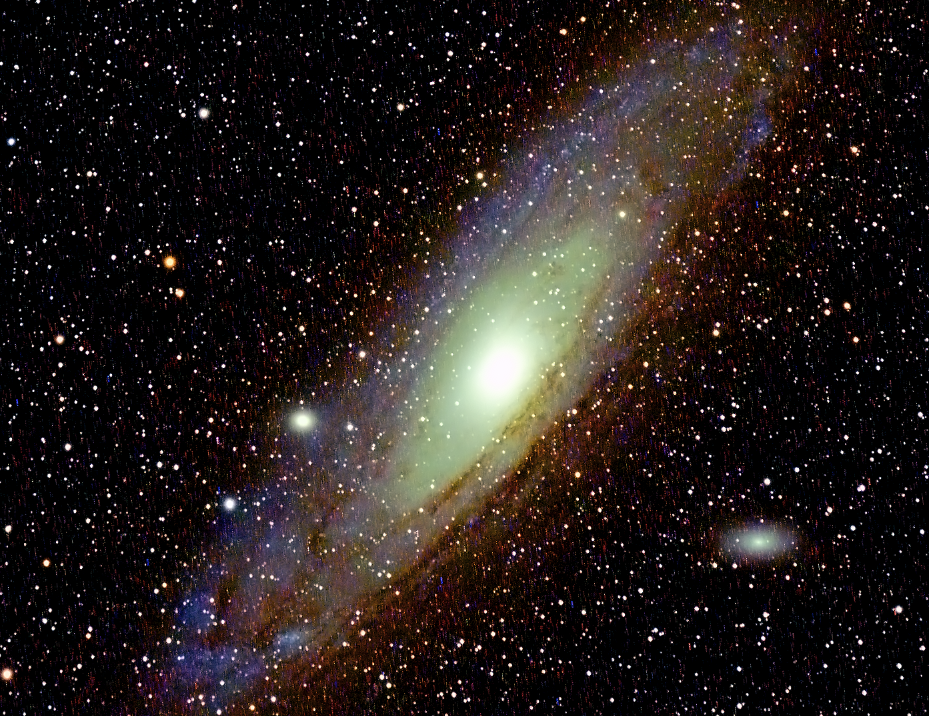
Messier 33 in Triangulum Saturday 23rd November 2019
 Sunday, November 24, 2019 at 3:17PM
Sunday, November 24, 2019 at 3:17PM On Saturday 23rd November 2019 with a clear night, I imaged the Triangulum Galaxy, Messier 33 using my unmodified Canon 40D with my Redcat 250mm lens/telescope. The first image was taken at 21:59 Local Time which was 20:59 Universal Time. I took 50 exposures of 60 seconds each and then aligned and combined them in Nebulosity 4. I then saved the file as a TIFF file and processed it in Photoshop CC. The size of the image is 5 degrees 9 minutes by 3 degrees 25 minutes. The scale of the image is 4.73arcseconds per pixel with 3512 x 2598 pixels.
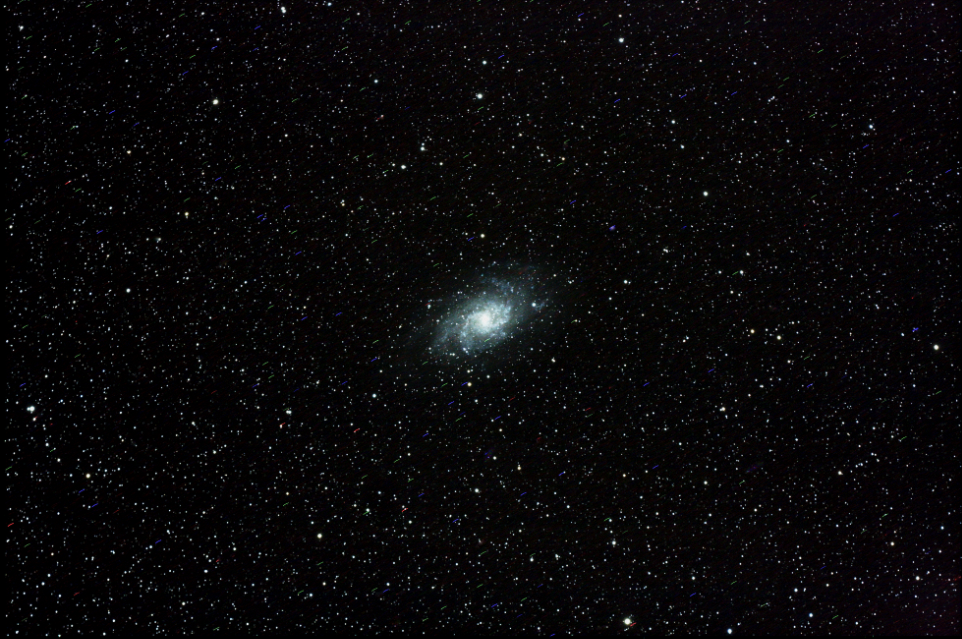 Messier 33 - The Triangulum Galaxy
Messier 33 - The Triangulum Galaxy
Messier 45 - The Pleiades - DSLR image
 Sunday, November 24, 2019 at 2:17PM
Sunday, November 24, 2019 at 2:17PM On Saturday 23rd November 2019 with a clear night, I imaged the Pleiades, Messier 45 using my unmodified Canon 40D with my Redcat 250mm lens/telescope. The first image was taken at 20:51 Local Time which was 19:49 Universal Time. I took 10 exposures of 30 seconds each and then aligned and combined them in Nebulosity 4. I then saved the file as a TIFF file and processed it in Photoshop CC. The size of the image is 5 degrees 9 minutes by 3 degrees 25 minutes. The scale of the image is 4.73arcseconds per pixel with 3512 x 2598 pixels.
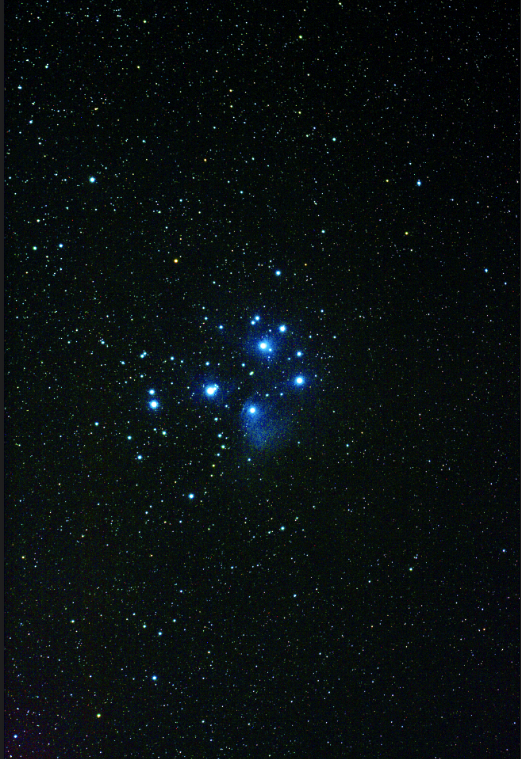 Messier 45 - The Pleiades - North is at top with East to the left
Messier 45 - The Pleiades - North is at top with East to the left
Jupiter above Venus in the South Western Sky on Saturday Night
 Sunday, November 24, 2019 at 8:31AM
Sunday, November 24, 2019 at 8:31AM After an unusually cloudy (and windy) week here at my Spanish observatory, at a height of 1640 feet above sea level, it was finally clear with a little cloud near the horizon which cleared later in the night. As I was waiting for complete darkness I used my iPhone to image the planet Jupiter close to Venus in the south west at an azimuth of 218 degrees.
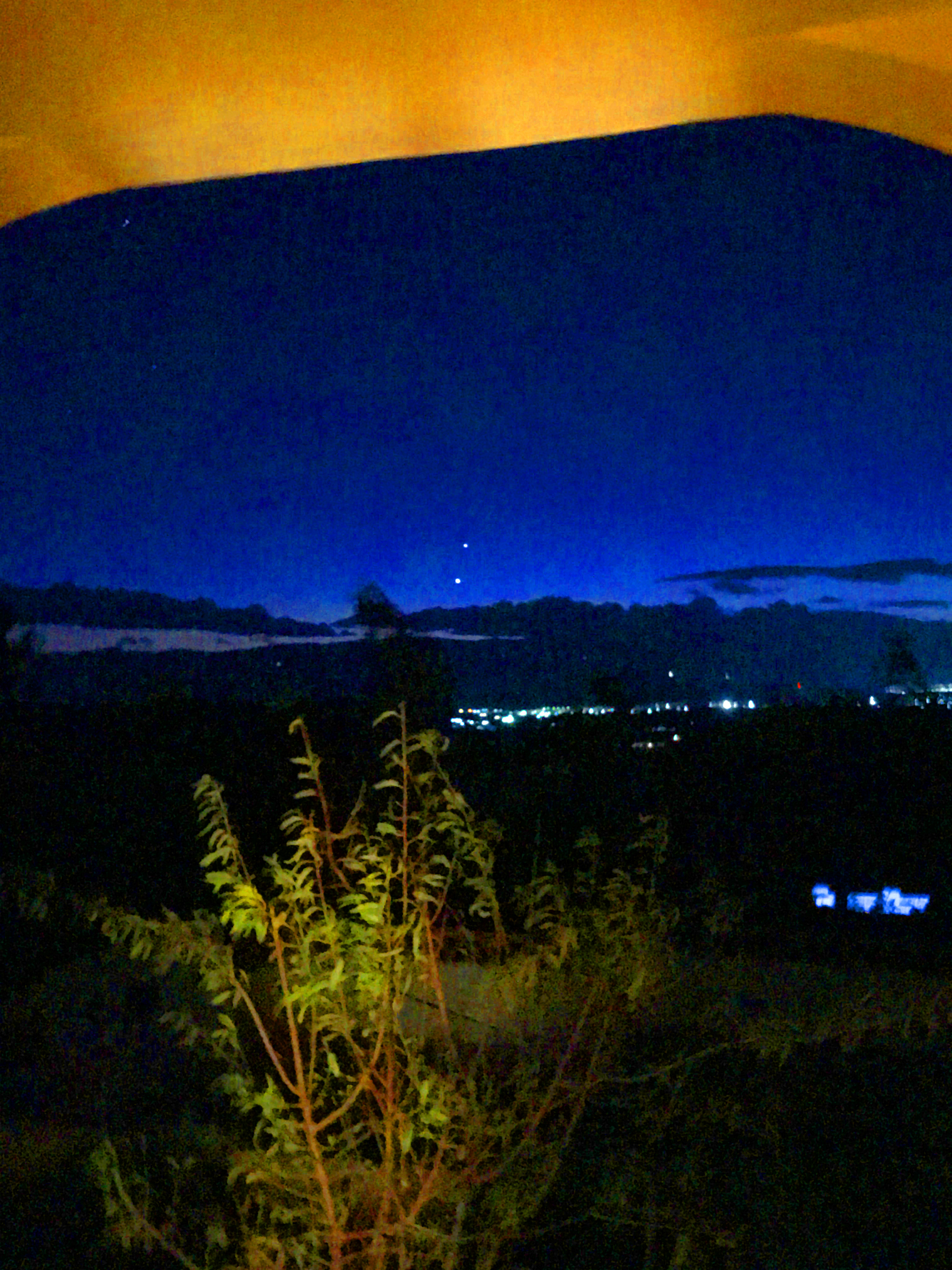 Jupiter above Venus in the early evening in the South West
Jupiter above Venus in the early evening in the South West

